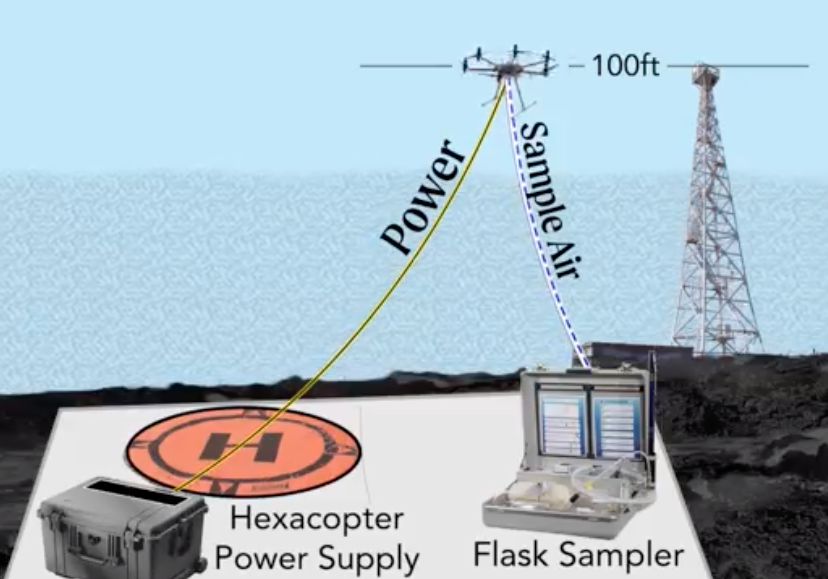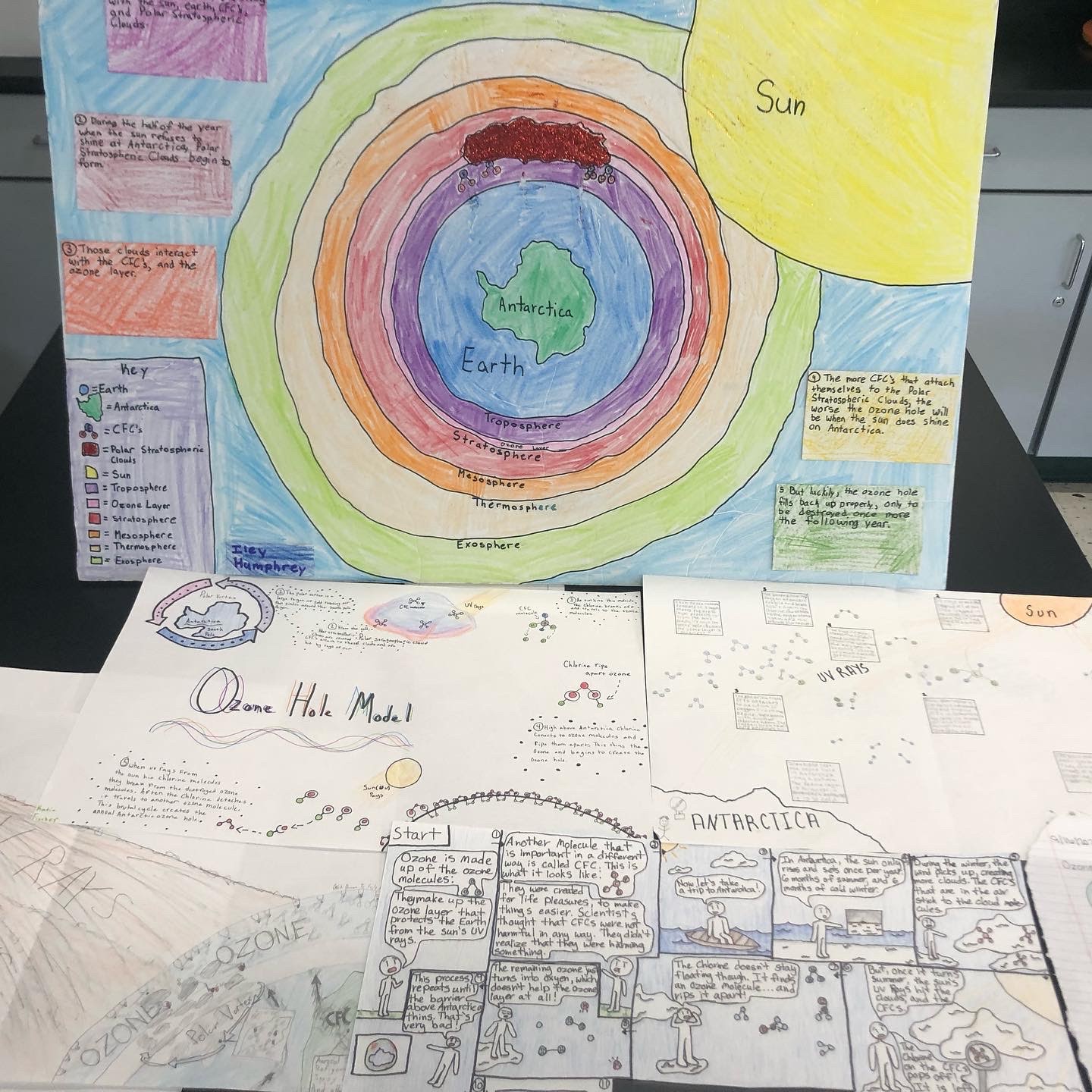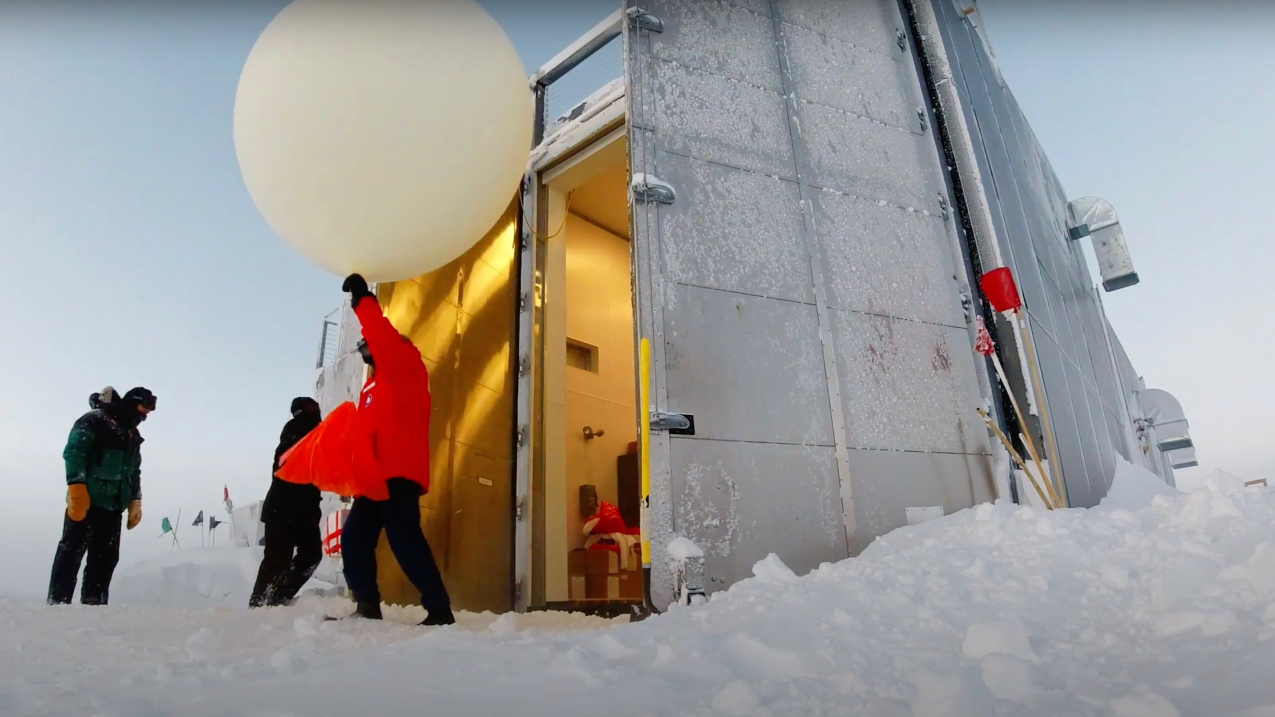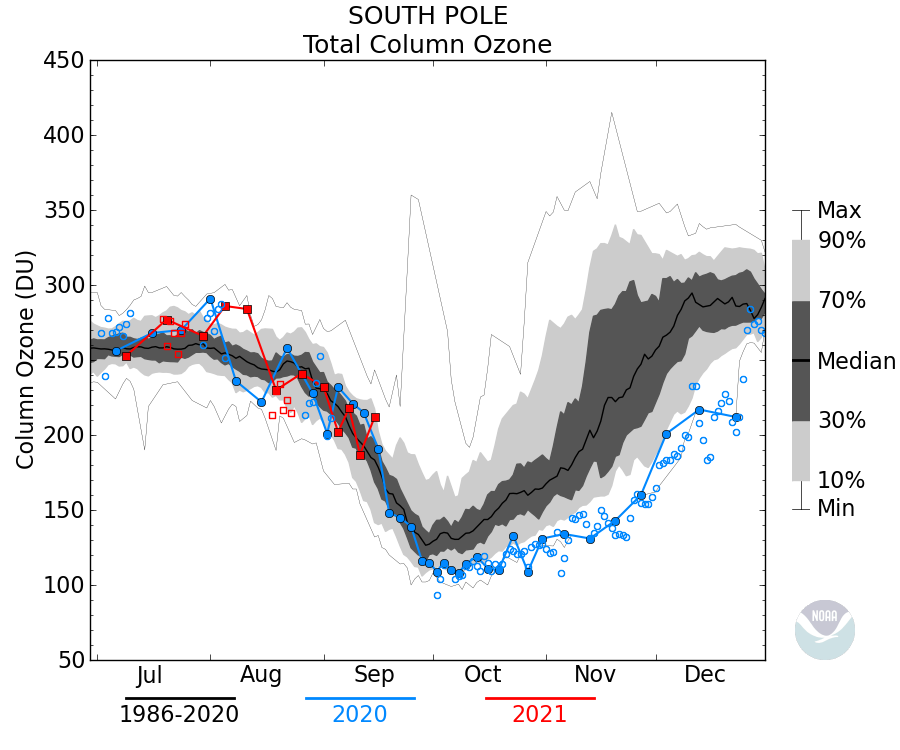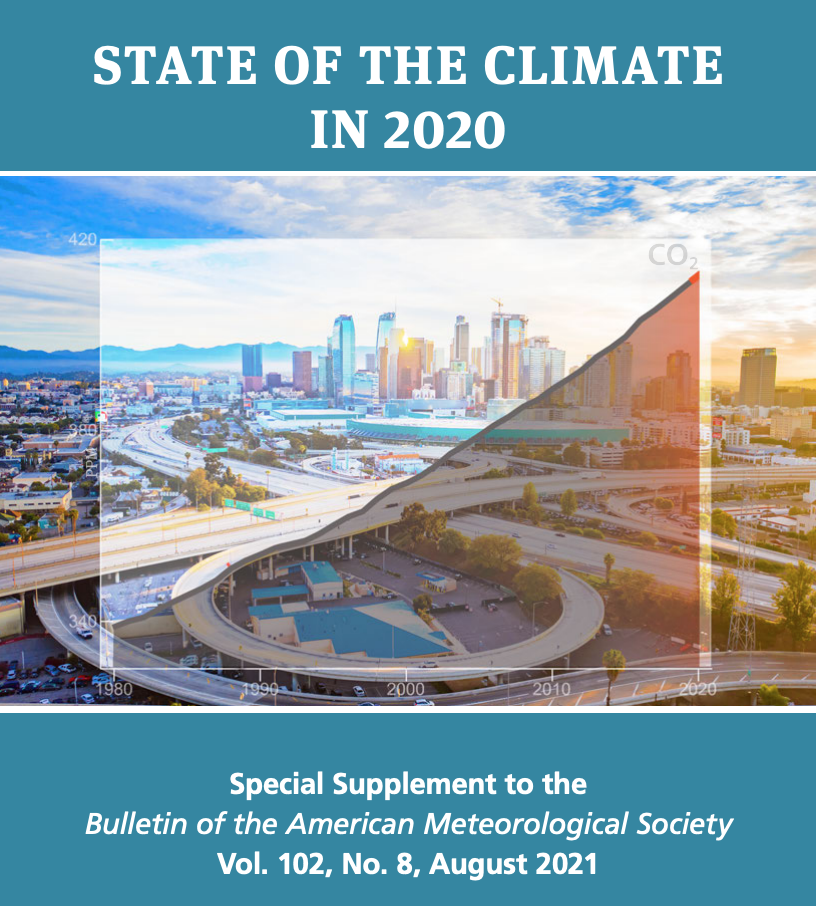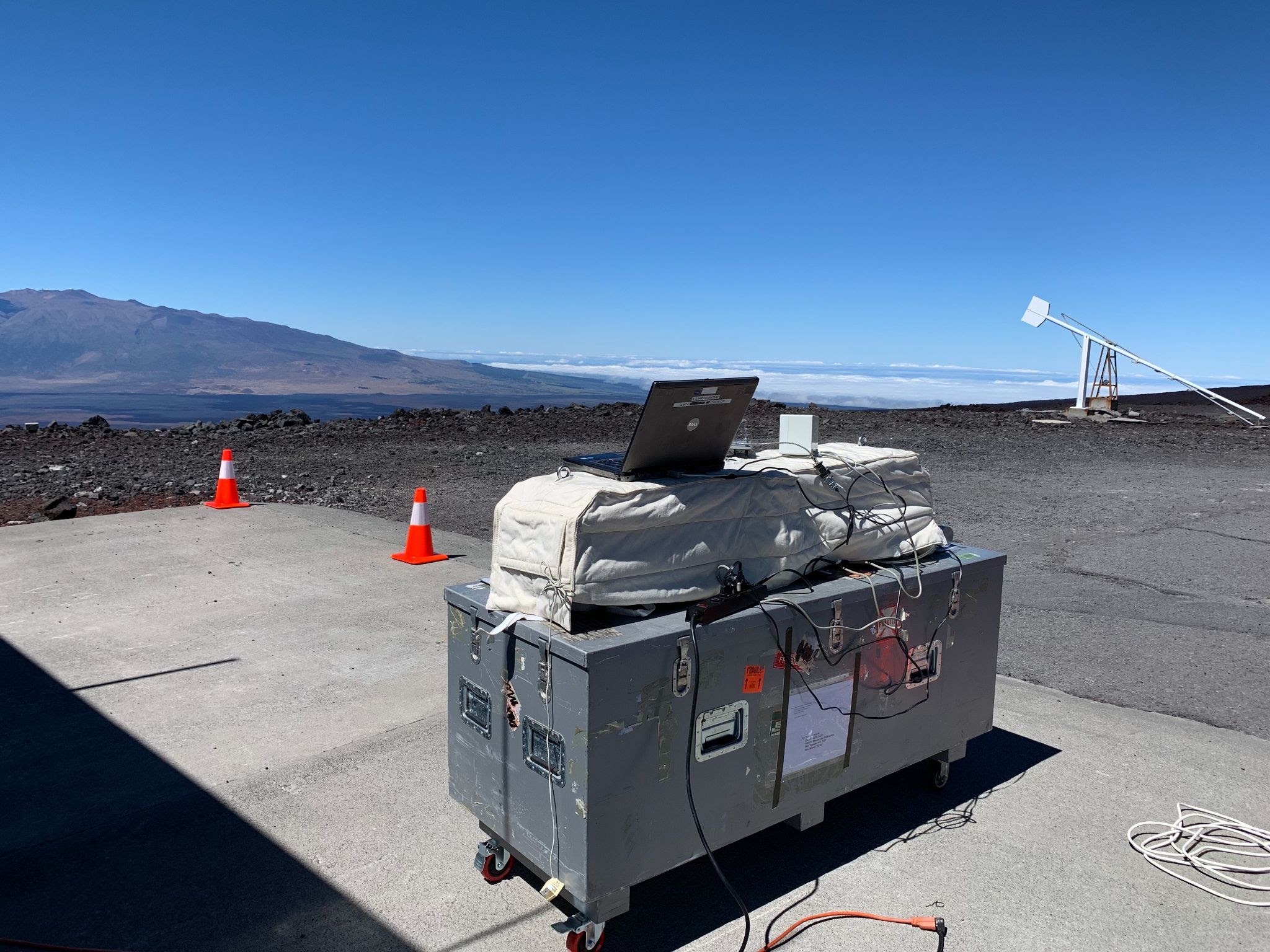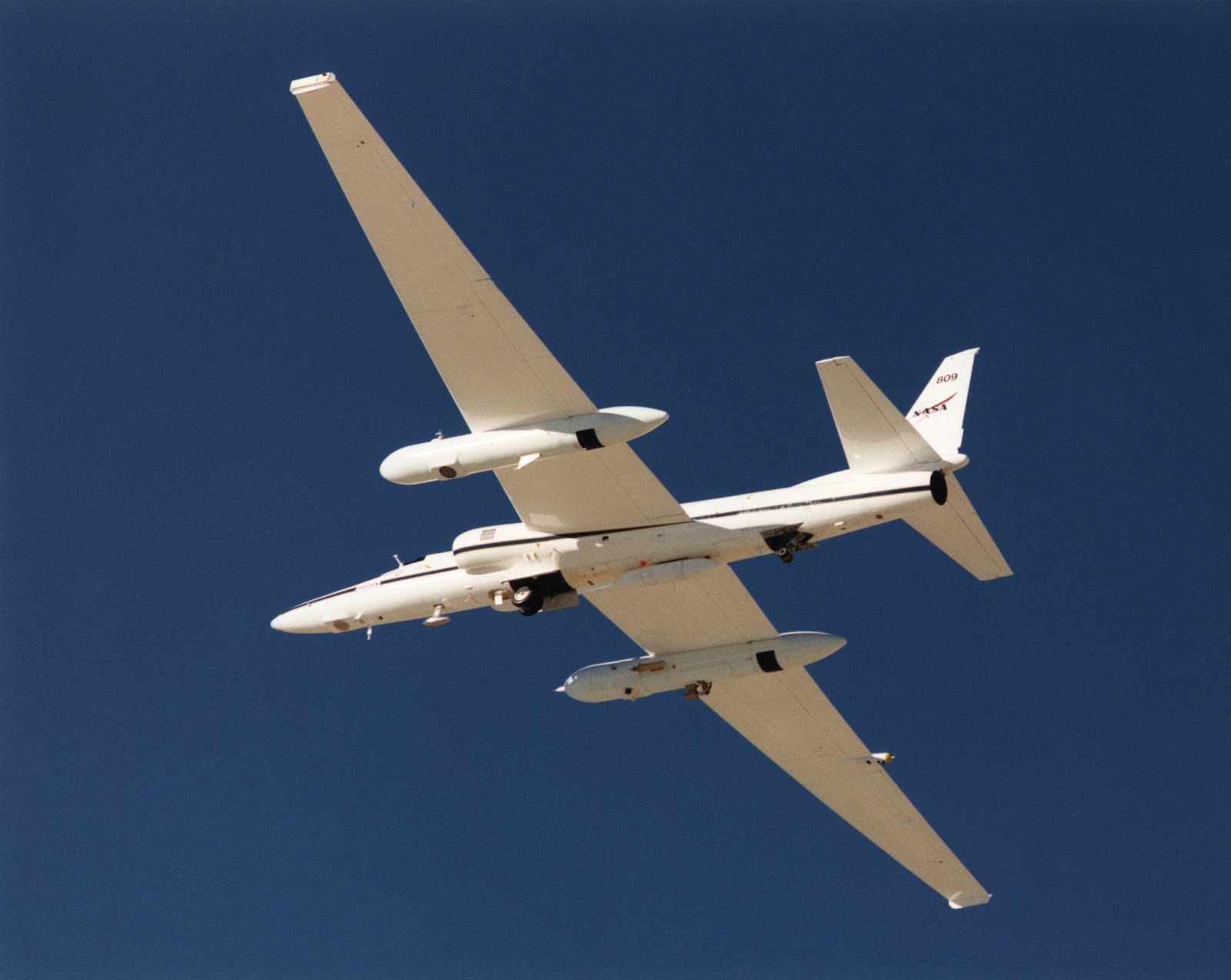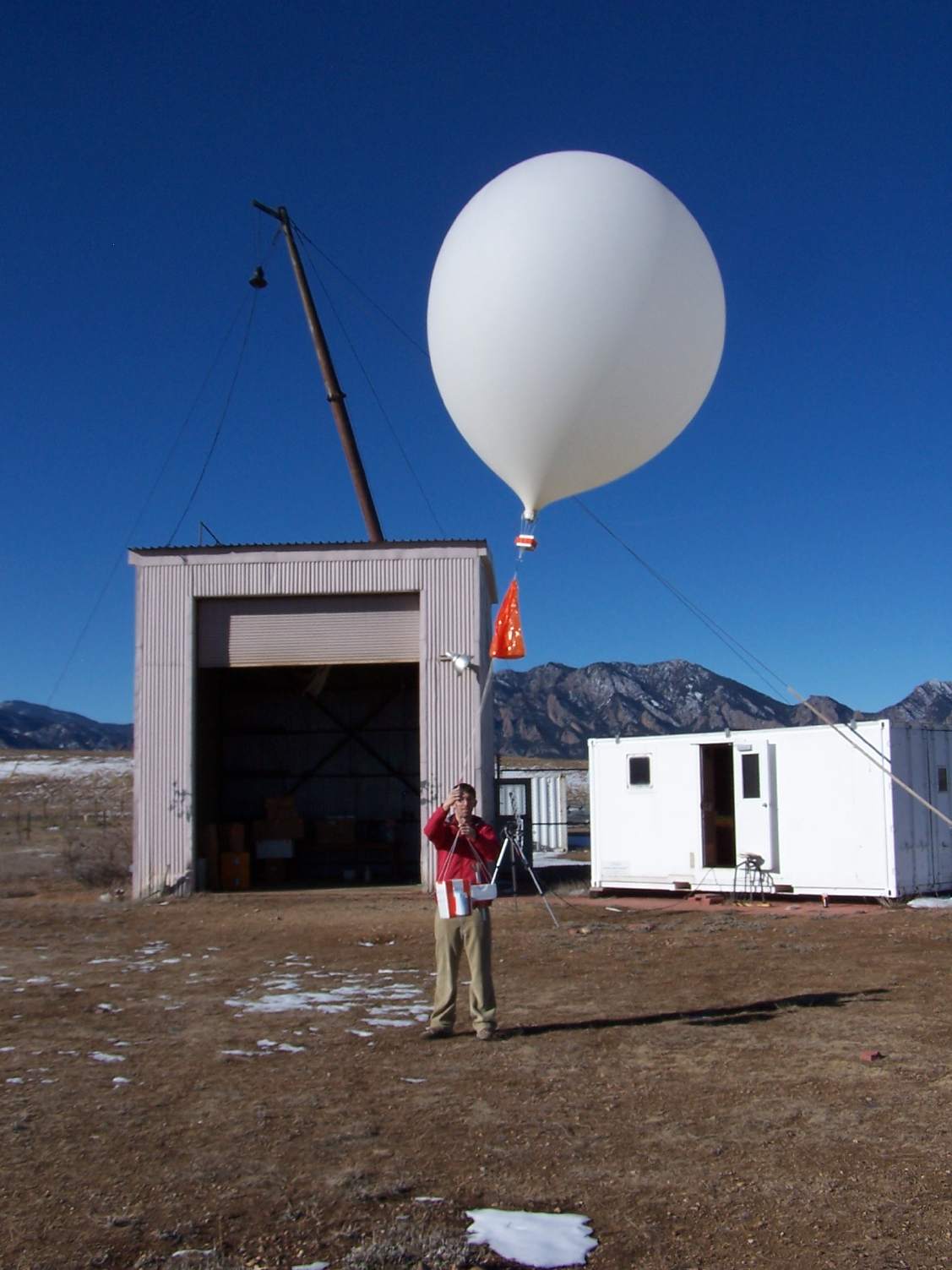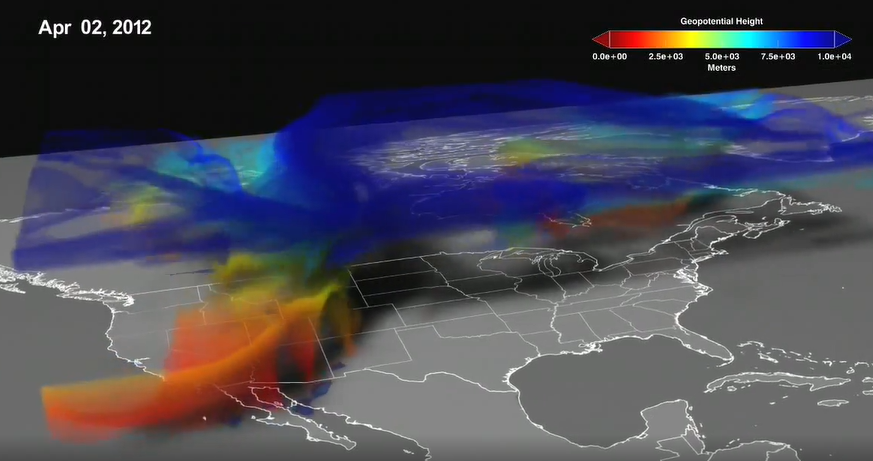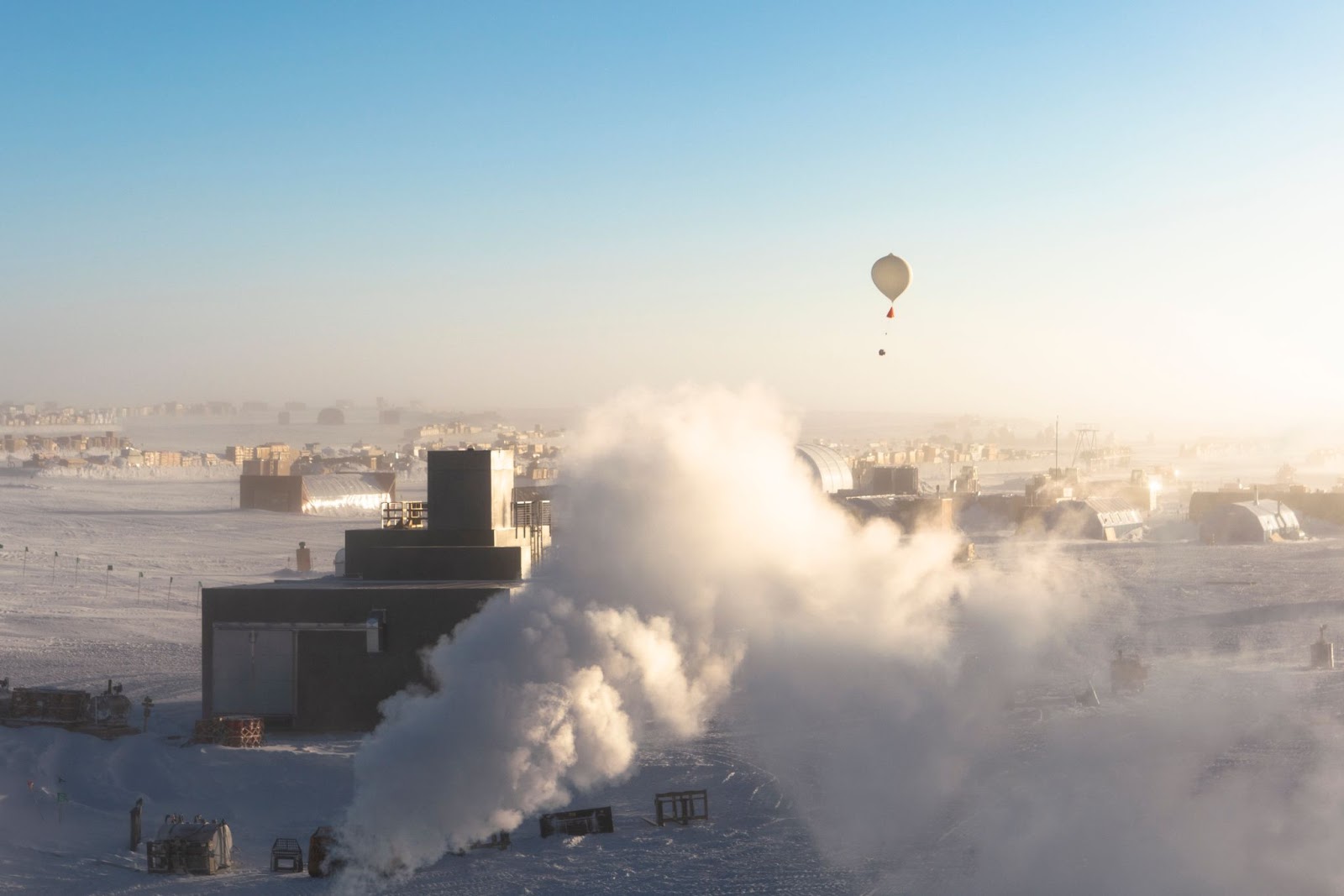News

March 18, 2022
NOAA Global Monitoring Laboratory Development of a UAS “Virtual Tower” for Gas and Ozone Measurements
Scientists from NOAA’s Global Monitoring Laboratory (GML) have undertaken novel development of an uncrewed aircraft system (UAS) “hexacopter” that will enable the lab to not only recommence a long-standing mission that was recently forced to halt, but paves the way toward enhanced operations in the future.January 6, 2022
A lucky guess? Learn the science of ozone depletion with NOAA and NASA!
As NOAA and NASA announced the 2021 Antarctic ozone hole condition on October 27, the 8th- and 9th-grade science classroom at Lafayette Junior/Senior High School also concluded their first science project on ozone hole prediction.December 9, 2021
GML highlights at AGU 2021 Fall Meeting
GML and CIRES researchers talks and posters at the 2021 Fall Meeting of the American Geophysical Union.October 27, 2021
Antarctic ozone hole is 13th largest on record and expected to persist into November
The 2021 Antarctic ozone hole reached its maximum area on October 7 and ranks 13th largest since 1979, scientists from NOAA and NASA reported today.September 25, 2021
The 2021 Ozone Hole – So it begins…
The 2021 Antarctic ozone hole is taking shape as we move into the ozone depletion season.September 9, 2021
First Annual Report Highlights Links Between Air Quality and Climate Change
Two CIRES scientists working in NOAA laboratories contributed to the WMO’s first-ever Air Quality and Climate Bulletin, released on September 3.September 1, 2021
Highlights of GML’s contributions to the 2020 BAMS State of the Climate Report
Scientists from Global Monitoring Laboratory contributed to the Bulletin of American Meteorological Society State of the Climate 2020 report report as editors and authors.September 1, 2021
Keeping up the standard: Calibrating for accurate ozone monitoring
GML scientist Glen McConville and Lapenta intern Leah Barkai started the calibration of Dobson World standard instrument D083 at the GML Mauna Loa Observatory on July 12, 2021, and will continue the calibration until the end of August.July 20, 2021
NOAA-NASA collaboration to study the impact of convective storms and the North American Summer Monsoon on stratospheric chemistry
Global Monitoring Laboratory and NASA team up in the DCOTSS (Dynamics and Chemistry of the Summer Stratosphere) project to study the convective impact of the North American Monsoon Anticyclone on stratospheric composition and ozone depletion.July 14, 2021
GML redesigning its 41-year-old, balloon-borne frost point hygrometer
The Global Monitoring Laboratory is currently redesigning the 41-year-old, balloon-borne frost point hygrometer that measures vertical profiles of water vapor from the surface to about 28 km above sea level in the middle stratosphere.July 13, 2021
GML homogenizes a Cohesive Record for NOAA Ozone Data
The Global Monitoring Laboratory finished homogenizing multiple NOAA satellite and in-situ ozone records up until 2020, which will be used for trend analysis to understand the current status of ozone depletion in the stratosphere.June 25, 2021
Rising ozone pollution in Antarctica over the last 26 years
New research has found that surface ozone measured in Antarctica has been rising over the last 26 years (1992-2018).February 17, 2021
COVID-19 Lockdowns Reduced Ozone Pollution Over the Northern Hemisphere
During COVID-19 shutdowns last year, ozone levels in the lower atmosphere fell by seven percent across much of the Northern Hemisphere, according to a new study.October 30, 2020
Large, deep Antarctic ozone hole to persist into November
Persistent cold temperatures and strong circumpolar winds supported the formation of a large and deep Antarctic ozone hole that will persist into November, NOAA and NASA scientists reported today.May 29, 2020
NOAA marks 40 years of ballon-borne water vapor measurements
In April 2020, the Global Monitoring Laboratory’s measurement record of upper atmospheric water vapor over Boulder, Colorado, surpassed 40 years in length.

